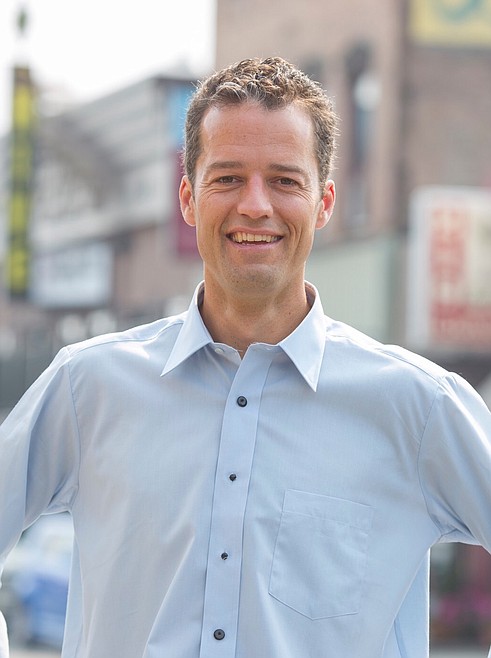The housing problem in Bonner County
|
April 29, 2021 1:00 AM
As growth continues in Idaho and Bonner County, rising rent and rising real estate prices are making it harder and harder for locals to live here.
The median income for Bonner County households is $50,256 in 2019...
Become a Subscriber!
You have read all of your free articles this month. Select a plan below to start your subscription today.
Already a subscriber? Login



